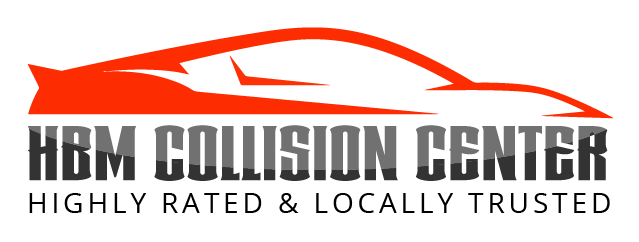Car bumpers are an important structural component of your vehicle, designed to absorb the impact of a collision and offer protection to passengers. Unfortunately, they can easily become damaged in minor fender benders or scrapes with curbs or other objects. When this happens, it is important to repair the bumper properly in order to maintain its structural integrity and keep your car safe. Here are some steps you can take to get your car’s bumper back into shape:
- Assess The Damage – First and foremost, assess the extent of damage done to your bumper before taking any action. Damage can range from small scratches and dents to more serious issues like cracks or punctures. If the damage is more than just scratches and dents, such as cracks or large chunks missing from the bumper itself, then you might need professional help.
- Start with a Thorough Clean – Make sure all dirt, dust, and debris are removed from the bumper before attempting any repairs. This will make it easier to access the damaged area and see what needs to be done in order to fix it. Use a high-quality car cleaning solution to ensure that all traces of grime and dirt are taken care of. When using any type of cleaner on plastic bumpers, make sure that you are not using anything too abrasive that could cause scratches or damage to the surface. If possible, test a small area first before proceeding with a full cleaning.
- Use an Appropriate Filler – After you have cleaned the surface of your bumper, you’ll need to fill in any dents or scratches using an appropriate filler material. For minor damage use lightweight body filler, while larger cracks may require something more heavy-duty like epoxy resin or fiberglass putty. Practice on scrap pieces of metal before attempting to fill in the damage on your bumper.
- Sand, Paint, and Polish – Once you have filled the damaged area with filler, wait for it to dry completely before sanding down to ensure a smooth finish. Then apply an automotive primer and paint, blending it into the surrounding area as best you can. Finally, use a rubbing compound or polishing paste to return your bumper to its former shine! Rubbing compound is an aggressive material that will remove scratches, dirt, oxidation, paint defects, or severe swirl marks from clear coat surfaces. Meanwhile, polishing paste is a finer grade of abrasive material than rubbing compound and is designed for more delicate surfaces. The choice of which material to use should depend on the severity of damage to the car bumper’s finish.
By following these steps, you should be able to successfully repair minor damage to your car bumper without spending too much money on professional services or replacement parts. Not only will this keep you from breaking the bank; but it could also end up saving you money in repairs if left unchecked or neglected for too long. If you need help, please do not hesitate to contact us today at HBM Collision Center. We would be more than happy to assist you.

